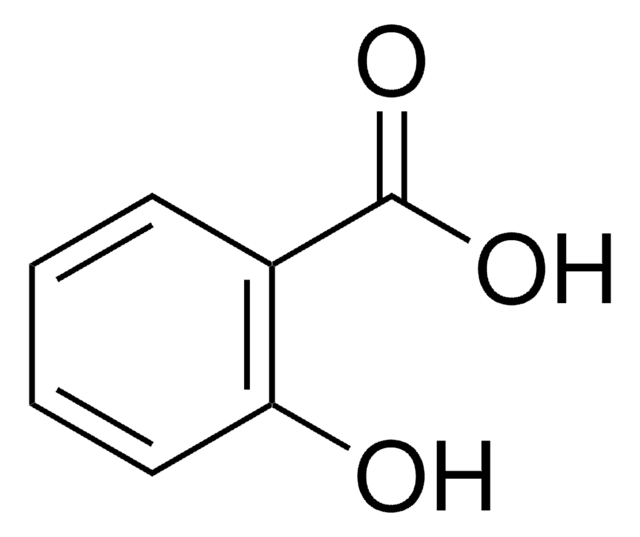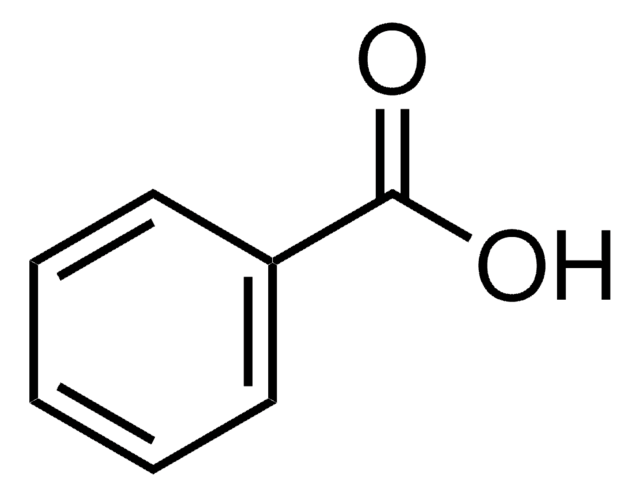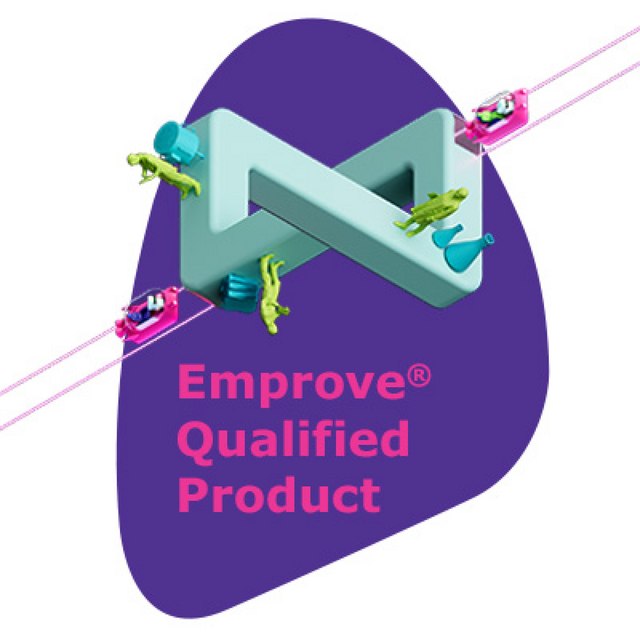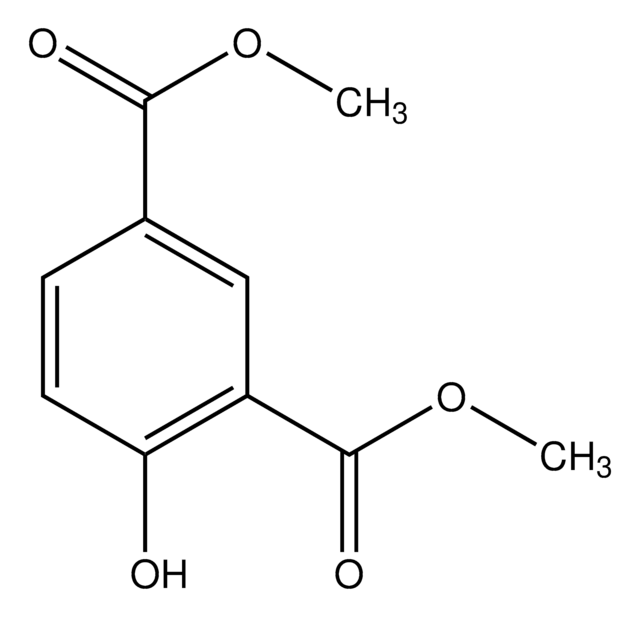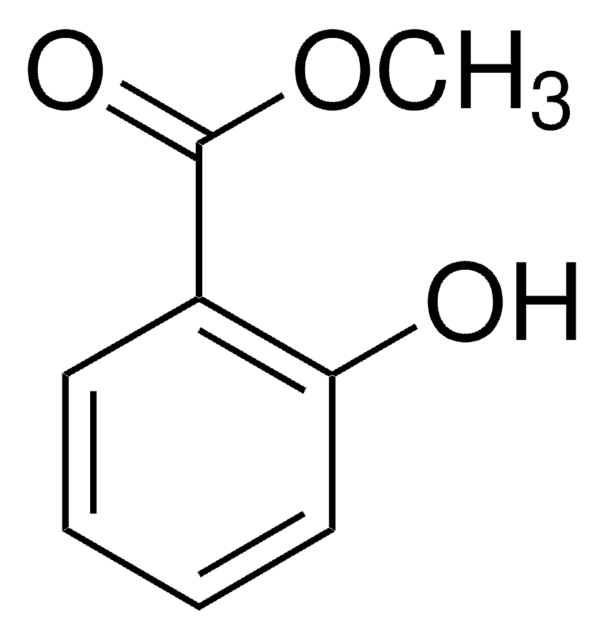PHR1133
Cetyl Alcohol
Pharmaceutical Secondary Standard; Certified Reference Material
Synonym(s):
1-Hexadecanol, Cetyl alcohol, Palmityl alcohol
Select a Size
About This Item
Recommended Products
grade
certified reference material
pharmaceutical secondary standard
Quality Level
Agency
traceable to Ph. Eur. C0990000
traceable to USP 1103003
vapor density
8.34 (vs air)
vapor pressure
<0.01 mmHg ( 43 °C)
API family
cetyl alcohol
CofA
current certificate can be downloaded
autoignition temp.
483 °F
expl. lim.
8 %
technique(s)
HPLC: suitable
gas chromatography (GC): suitable
Looking for similar products? Visit Product Comparison Guide
1 of 4
This Item | C0990000 | 1103003 | 1.00989 |
|---|---|---|---|
| technique(s) HPLC: suitable, gas chromatography (GC): suitable | technique(s) - | technique(s) - | technique(s) - |
| application(s) cleaning products | application(s) pharmaceutical (small molecule) | application(s) pharmaceutical (small molecule) | application(s) liquid formulation |
| format neat | format neat | format neat | format - |
| Quality Level 300 | Quality Level - | Quality Level - | Quality Level 500 |
| grade certified reference material, pharmaceutical secondary standard | grade pharmaceutical primary standard | grade pharmaceutical primary standard | grade - |
| storage temp. 2-30°C | storage temp. - | storage temp. - | storage temp. 2-30°C |
General description
Application
Analysis Note
Other Notes
Footnote
Storage Class Code
11 - Combustible Solids
WGK
nwg
Flash Point(F)
338.0 °F
Flash Point(C)
170 °C
Certificates of Analysis (COA)
Search for Certificates of Analysis (COA) by entering the products Lot/Batch Number. Lot and Batch Numbers can be found on a product’s label following the words ‘Lot’ or ‘Batch’.
Already Own This Product?
Find documentation for the products that you have recently purchased in the Document Library.
Customers Also Viewed
Protocols
Separation of Acetylsalicylic acid, analytical standard; Salicylic acid, BioXtra, ≥99.0%
Separation of Salicylic acid, meets analytical specification of Ph. Eur., BP, USP, 99.5-100.5% (calc. to the dried substance); Acetylsalicylic acid, purum, ≥99.0% (HPLC)
Separation of 4-Hydroxybenzoic acid; Acetylsalicylic acid; Benzoic acid; Salicylic acid; Ethyl 4-hydroxybenzoate
HPLC Analysis of Benzoic Acid Derivatives on Ascentis® C18
Our team of scientists has experience in all areas of research including Life Science, Material Science, Chemical Synthesis, Chromatography, Analytical and many others.
Contact Technical Service